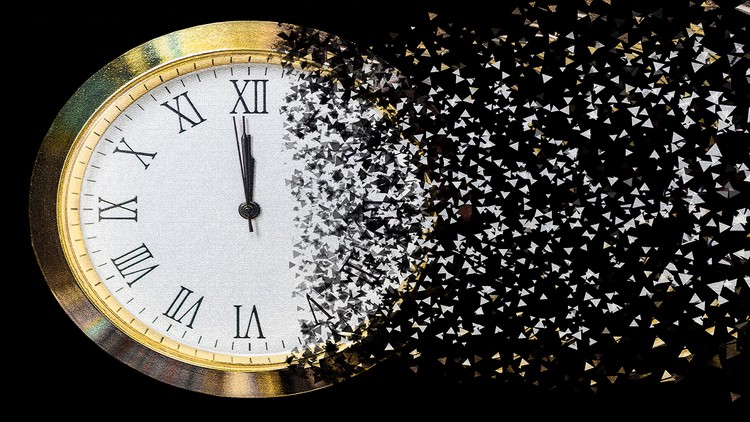
What you will learn
How to Use Cyberlink PhotoDirector 12
Description
Learn how to use Cyberlink PhotoDirector. Created by the same team who created PowerDirector you will be amazed at the powerful features of this innovative amazing Photo Editing Software. In this course I teach you how to use PhotoDirector and how to turn your images into works of art. You will learn step by step from opening the software, to importing your first photograph, you will learn how to edit your images, the software is very similar to Photoshop and Lightroom, easier to use, and a bargain at the price. Cyberlink also have packages where if you buy the subscription for the Director Suite 365, it includes not only PhotoDirector but also PowerDirector, AudioDirector and ColorDirector. You will learn how to remove backgrounds from people and objects, how to clone objects, how to make animated gifs, use the new features such as the dispersion effects where you can add motion to your still images. learn to use the presets, templates, add bevel text and so much more. I will add more videos to this package, which will be yours too even after you sign up, and the courses are there for whenever you need them. If you love taking images, you will love editing them in this software. Sign up now.